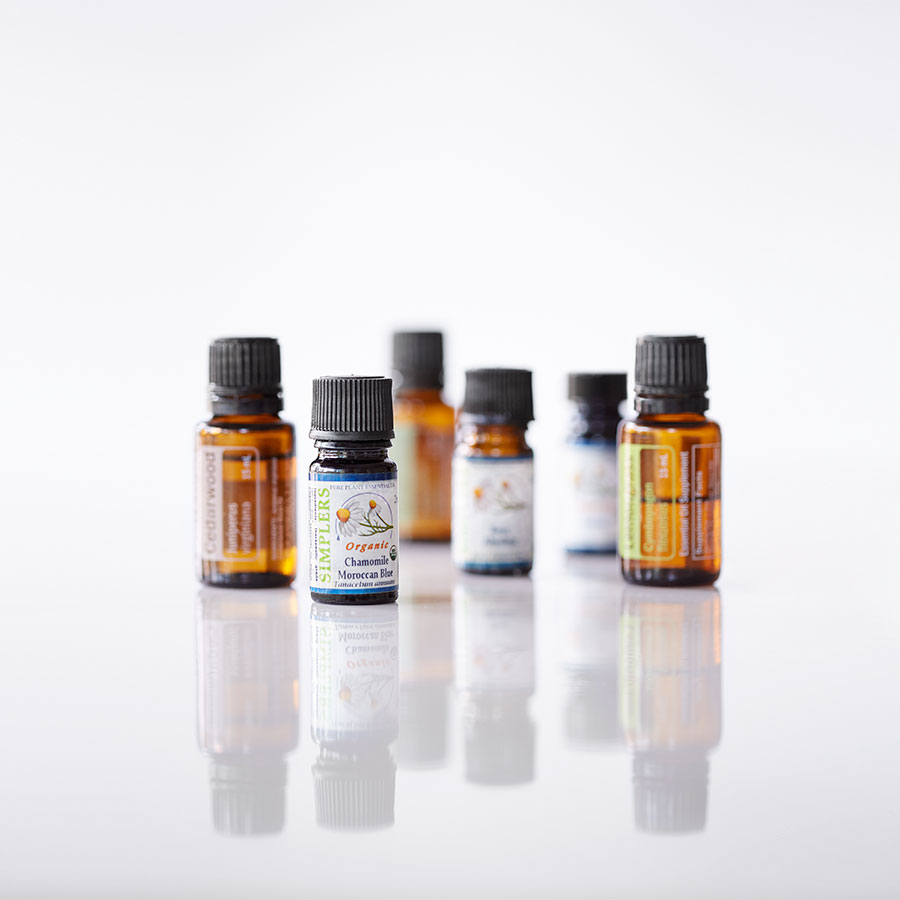Precautions For Photosensitizing Essential Oils
Essential oils are largely safe to use when diluted in topical applications, but there are a few oils in the citrus family that you should take care to avoid before heading out into the sun.
It’s only a few members of the citrus family–not all–that are considered to have photosensitive properties. Although even these are mostly problematic when extracted by the Cold Pressed method, rather than the more commonly available steam distilled extraction. Of this list, the most potent photosensitizing citrus family EO’s include:
- Bergamot (Cold Pressed)
- Lime (Cold Pressed)
- Lemon (Cold Pressed)
- Grapefruit (Steam Distilled or Cold Pressed)
- Bitter orange (Cold Pressed – not to be confused with Sweet Orange)
- Rue (Cold Pressed)
- Marigold/ Tagetes (Cold Pressed)
- Angelica root (Cold Pressed)
- Petitgrain (Cold Pressed)
The below oils are considered lightly photosensitizing by some authorities, but again it’s Cold Pressed extractions that pose need for concern:
- Lemongrass
- Cumin
- Fennel
- Anise
- Verbena Absolute
Steam Distillation Reduces Photo Toxicity
Experts say that when steam distilled that the Furanocoumarin chemical compounds responsible for photosensitizing essential oils (like Bergaptene in Bergamot) are broken down and no longer considered phototoxic, rendering them safe for use in cosmetic applications. If you love the smell of Bergamot, seek out steam distilled BergamotFCF (Bergaptene/ Furanocoumarin Free).
If Furanocoumarin is present and these photo toxic essential oils are applied undiluted directly to the skin or in high concentrations in a carrier oil, then exposed to direct sun they can cause burns and serious skin damage. But beware that even if you apply these oils in properly diluted form, you would be well advised to avoid going out into direct sun for prolonged periods after applying photosensitizing essential oils. Depending on your constitution and hormonal make-up, melanin production may be triggered in some individuals when exposed to the sun and result in dark spots.
Reap The Healing Benefits
That said, keep in mind that essential oils are by and large very safe to use topically, especially when substantially diluted. Essential oils are packed with incredible and unique combinations of constituents, including properties that are:
- anti-inflammatory
- antimicrobial
- antibacterial
- antioxidant
- anti-rheumatic
- antiviral
- astringent
- anti-fungal
- analgesic
- anti-anxiety
- antidepressant
Start by making this wonderful whole-body oil, accented and scented by non-photosensitizing essential oils. At 1 drop of essential oil to roughly 30 milliliters of carrier oil (a ratio considered safe for Bergamot, the most photo toxic EO), this is a risk free formula to play with.
Do a bit of research to be sure you feel safe using essential oils, and you will be greatly rewarded! This Complete Aromatherapy and Essential Oils Handbook for Everyday Wellness by Nerys Purchon and Lora Cantele is a good reference to start with.
To go deeper, sign up for Floracopeia’s newsletter and tap into David Crow’s learning center where you’ll find a link to a FREE best essential oil practices eBook, along with a $10 discount on your fist purchase at Floracopeia. (No, I’m not an affiliate.)
Not all essential oils are made equal
Another way to ensure safety of your essential oils is to buy from trusted producers. If you opt for a cheap oil, chances are you’re not going to reap the benefits you seek. Some brands that can be trusted to deliver high quality, unadalterated essential oils include:
- Floracopeia
- Snow Lotus
- Plant Therapy
- Simplers Botanical Co.
- Mountain Rose Herbs
- Young Living
- doTERRA
Don’t forget to try this incredibly moisturizing body oil recipe!




